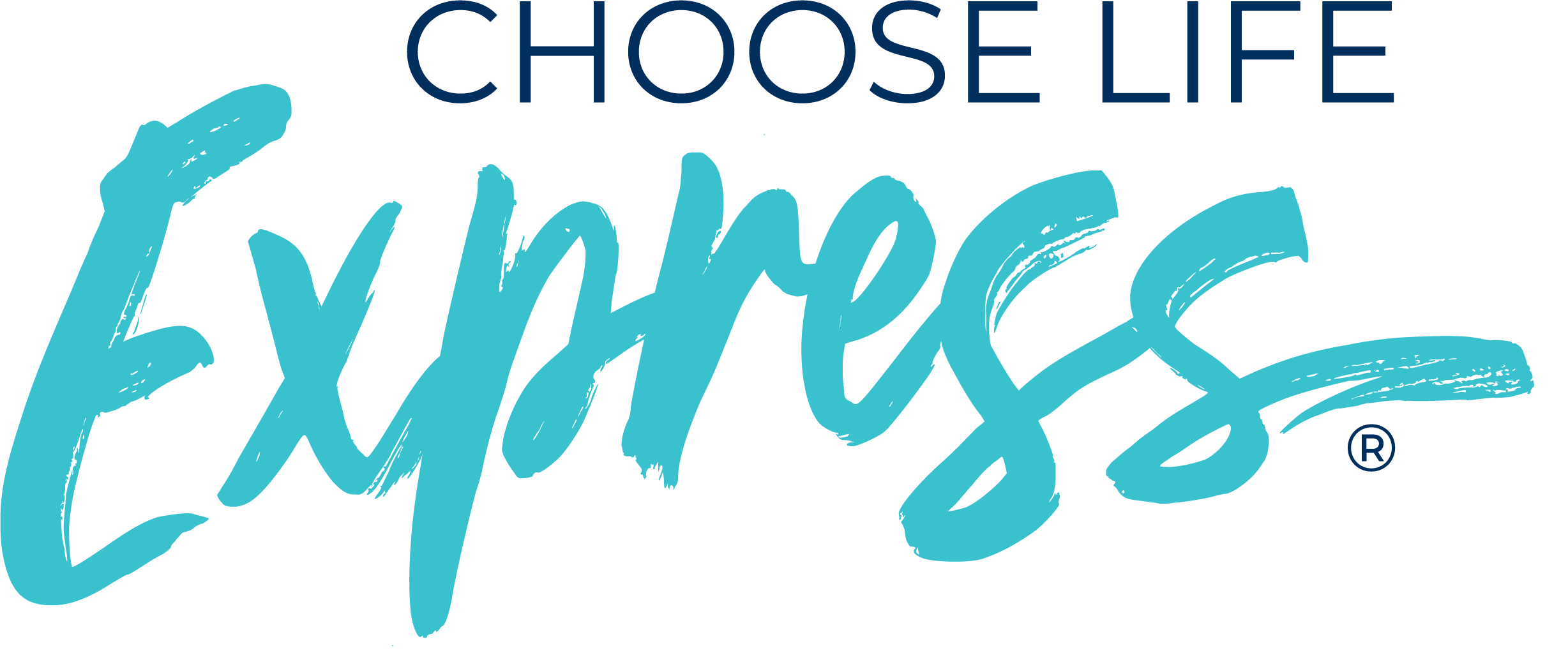Social media has been evolving since its widespread adoption in the early 2000’s. However, between Coronavirus isolation, the election, and the rise in social justice issues, the influence and impact of social media has grown faster than ever before. Statista reports 32% of people in the U.S. are spending more time on social media, as of March 2020. With shutdowns and lack of in-person contact, social media has offered a way to continue community.
As a pregnancy center marketing on social media, you need to stay ahead of the game, participating in social media trends to effectively reach and engage with clients and donors. Here are the top trends you need to know for 2021.
TRENDS SPARKED BY 2020 EVENTS
1. Live Streaming
Live Streaming moved from high tech to everyday life. How many of us participated in a live-streamed church service, a wedding, or conference in the past year? We have become accustomed to using live streaming to fill the in-person void in our lives, and still have an experience.
For pregnancy centers, live streaming offers a way to connect with your donors when you cannot in person, fostering a feeling of closeness during this isolation. Many centers live-streamed their fundraising events on their donor social media platforms, with elements of the event, such as the speaker and client stories, pre-recorded. If concerned about technical difficulties, pre-recording your event and streaming it later has the same “Live” feel, but gives you more peace of mind.
2. Social Media Communities
Social media communities have been around for a while, but recently grew in popularity. The idea of private, smaller groups of people with shared interests appeal to social media users. It could be due to pandemic isolation, or the increased concern over lack of privacy on social media and overabundance of trolls.
Many pregnancy centers use social media communities for their donors in the form of closed groups. The donor group is a more private space to freely give updates, share powerful stories, and let donors know of your material and financial needs. Their client-facing social media is kept public, which offers your center an opportunity to clarify your message for the right audience, sharing about your services and targeting those considering abortion. A private client-focused group works well for ongoing clients who are part of your parenting program, a childbirth class, or even a client Bible study.
If you haven’t joined already, Choose Life Marketing has a private Facebook group to share marketing tips and updates. We always welcome new pregnancy center members!
3. Censorship and Increased Regulation
The events of 2020 and beyond have shined a bright light on how social media companies use their power to steer the mainstream conversation. While conservatives face a heightened threat due to counter-cultural beliefs, centers cannot afford to pull the plug on these platforms — especially when it comes to reaching abortion-minded women. After the senate hearings with the CEO’s of Facebook and Twitter, while not much was resolved, we know we can expect the conversation to continue. Read our previous guide on navigating censorship for more on this topic, and know there will always be work-arounds when your center hits a roadblock. Choose Life Marketing has experience posting Facebook-approved ads on social issues, and switching to different advertising methods as necessary— leveraging Google, Spotify, and Snapchat. Rest assured, we can help with whatever you need.
Additionally, Social Media companies will continue to clarify their privacy and data policies, with ongoing legal scrutiny over their history of collecting and selling information to third-parties.
CONTENT AND CONSUMPTION TRENDS
In addition to trends sparked by current events, social media preferences continue to shift and transform with the rise of generation Z.
1. Well-Established Platforms Remain
The well-established social media platforms including Facebook, Instagram, LinkedIn, and Twitter continue to rule in usage
and popularity. While we have seen new platforms like TikTok and Parler appear, both have faced challenges with outside intervention too. While TikTok became wildly popular in the United States, the U.S. government flagged it as a national security threat due to its Chinese ownership. TikTok, like all social media platforms, collects personal data from users. If ever pressured by the Chinese government, the company could turn over this data. Amazon Web Services and app stores dropped Parler due to content they believe would encourage violence, and Parler’s lack of censorship—in essence censoring Parler. Because of these factors, we expect the top platforms to continue their reign through 2021 and likely beyond.
2. Video: The Most Engaging and Popular Content
Short videos are the most engaging form of content on social media. They grab and hold attention more effectively than posts by leveraging both auditory and visual senses. The statistics speak for themselves with 78% of people watching online videos every week, and 55% viewing them every day. With each generation consuming more videos than the one before it, the demand for videos will not change anytime soon.
Experiment this month by using more videos on your social media channels. If you have a steady following, your engagement will likely increase. Videos do not require professional production to be effective. Try shooting and posting a simple video, such as a video interview with your center’s director, a center tour, or a client testimonial. If you don’t know where to start, look at our past guides on Video Marketing and Instagram Reels. Choose Life Marketing also offers social media video services.
3. Disappearing or Temporary Content
Founded in 2011, Snapchat began the use of disappearing or ephemeral content. The app initially offered users a way to send short videos or images to friends.
Friends would open the message and it would disappear after a matter of seconds. They also offered Snapchat Stories, a way to post a string of short videos or photos only lasting for 24 hours. Due to the popularity of disappearing content, larger social media players such as Facebook, Instagram, and Twitter all adopted Stories for their platforms.
Stories offer a fun way to capture and share real everyday moments with your followers. Social media platforms are constantly adding features to stories to make them even more engaging, such as different fonts, stickers, and the ability to poll your viewers. Younger generations engage heavily with Instagram stories, so be sure to capture their attention by using them. Story ideas for centers include promoting upcoming events, interviewing staff, talking about your services, and what to expect at an appointment. Pin your favorite stories to your Instagram profile for viewing beyond 24 hours.
4. Greater Personalization in Advertising
Social Media companies continue to advance their targeting systems for better advertising results. In addition to your ability to target ads based on age, gender, and location, you can further segment by specific interests and more. Social Media companies store a lot of information based on their users’ activity. While this may appear as overreaching and dystopian, it does lead to serving highly relevant ads to the right audience.
On Facebook, users do have control of their advertising and information settings. If you really want to see what Facebook has on you, go to Settings and then click Ads. They show the information they use to advertise to you, including education, marital status, interests based on behavior, and more. This certainly relates to the increased legal scrutiny on data sharing mentioned earlier.
5. The Beginnings of Augmented and Virtual Reality
As technology advances, social media companies look for ways to integrate augmented and virtual reality into their user experience. Filters are an example of augmented reality as they change or adjust our facial features for photos and videos. Retail companies use augmented reality to enable customers to try on jewelry or glasses virtually. Experts say we can expect to see more uses of Augmented Reality and adoption of Virtual Reality on Social Media in the future. Pregnancy centers will be able to use the new features to elevate content and better relate to Gen Z users.
Social media will continue to evolve in the coming years, but especially in 2021 as the world continues to cope with Coronavirus isolation. Pregnancy centers like yours play a vital role in our communities and must continue to market and reach abortion-minded women through social media, while fostering ongoing relationships with donors.
Choose Life Marketing can help. For more information on our social media services, please contact us today.
Give us a call at 573-445-9295, email us at info@chooselifemarketing.com, or visit our website at www.chooselifemarketing.com to learn more about how we can help!







